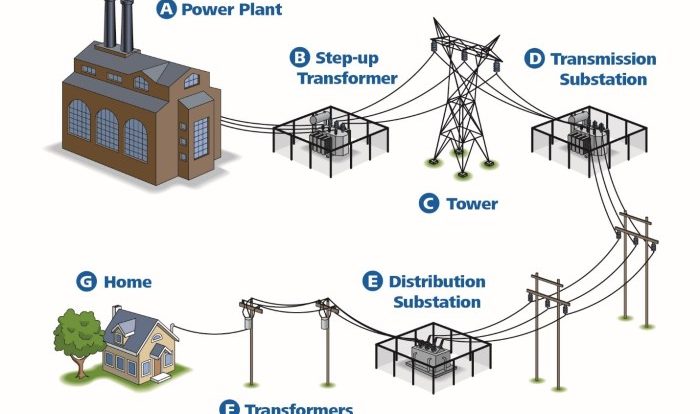The closing of open contacts to establish an electrical circuit. – The closing of open contacts to establish an electrical circuit marks a pivotal moment in the realm of electricity. This intricate process, often overlooked, holds the key to unlocking the flow of electrons, paving the way for a myriad of electrical devices and systems to function.
The consequences of leaving open contacts in a circuit are dire, leading to incomplete circuits and a failure to establish the desired electrical connection. Conversely, the act of closing open contacts completes the circuit, allowing current to flow and enabling devices to perform their intended functions.
The Importance of Closing Open Contacts
Closing open contacts is essential for establishing a complete electrical circuit, allowing current to flow and power devices. Leaving open contacts in a circuit can have significant consequences:
- Incomplete Circuit:An open circuit prevents current flow, rendering the circuit ineffective.
- Safety Hazards:Open contacts can create arcing and overheating, posing electrical hazards.
- Malfunctioning Equipment:Devices connected to an open circuit will not receive power, leading to malfunctions.
Examples where closing open contacts is crucial include:
- Turning on a light switch
- Starting a motor
- Connecting a battery to a circuit
Methods for Closing Open Contacts

Various methods are used to close open contacts in an electrical circuit:
Manual Switching
- Steps:Use a switch or push button to physically connect the open contacts.
- Advantages:Simple and cost-effective.
- Disadvantages:Limited to low-current applications, requires human intervention.
Electromagnetic Contactors
- Steps:Use an electromagnetic coil to generate a magnetic field that pulls the contacts together.
- Advantages:Can handle high currents, automated control.
- Disadvantages:More complex and expensive than manual switching.
Solid-State Relays (SSRs)
- Steps:Use a semiconductor device to control current flow, eliminating mechanical contacts.
- Advantages:Fast switching, no contact wear, compact size.
- Disadvantages:Higher cost, may require heat sinks.
Types of Contactors Used to Close Open Contacts
Different types of contactors are used to close open contacts, each with specific features and applications:
AC Contactors
- Features:Designed for alternating current (AC) circuits, available in various current ratings.
- Applications:Industrial machinery, motor control, lighting systems.
DC Contactors, The closing of open contacts to establish an electrical circuit.
- Features:Designed for direct current (DC) circuits, typically used for battery-powered applications.
- Applications:Electric vehicles, renewable energy systems.
Reversing Contactors
- Features:Allow for reversing the direction of current flow, commonly used in motor control.
- Applications:Conveyor systems, cranes, elevators.
Circuit Diagrams for Closing Open Contacts

| Method | Circuit Diagram | Description |
|---|---|---|
| Manual Switching | [Diagram: Switch connected to open contacts] | A switch is used to connect the open contacts, completing the circuit. |
| Electromagnetic Contactor | [Diagram: Contactor coil connected to open contacts] | An electromagnetic coil energizes, pulling the contacts together to close the circuit. |
| Solid-State Relay | [Diagram: SSR connected to open contacts] | An SSR uses a semiconductor device to control current flow, closing the circuit without mechanical contacts. |
Safety Precautions When Closing Open Contacts

Closing open contacts can pose electrical hazards. Safety precautions should be taken to prevent accidents:
- Wear Proper Safety Gear:Use insulated gloves, safety glasses, and appropriate clothing.
- De-energize Circuit:Ensure the circuit is disconnected from any power source before working on it.
- Inspect Equipment:Check contacts for damage or wear before closing them.
- Use Insulated Tools:Avoid using bare hands or metal tools to close contacts.
- Follow Manufacturer’s Instructions:Refer to the manufacturer’s guidelines for proper installation and maintenance of electrical equipment.
FAQ: The Closing Of Open Contacts To Establish An Electrical Circuit.
What are the consequences of leaving open contacts in a circuit?
Leaving open contacts in a circuit prevents the flow of current, resulting in incomplete circuits and non-functioning devices.
What are the different methods used to close open contacts?
Common methods include using switches, relays, contactors, and programmable logic controllers.
What safety precautions should be taken when closing open contacts?
Wear appropriate safety gear, ensure proper grounding, and follow established electrical safety protocols.
